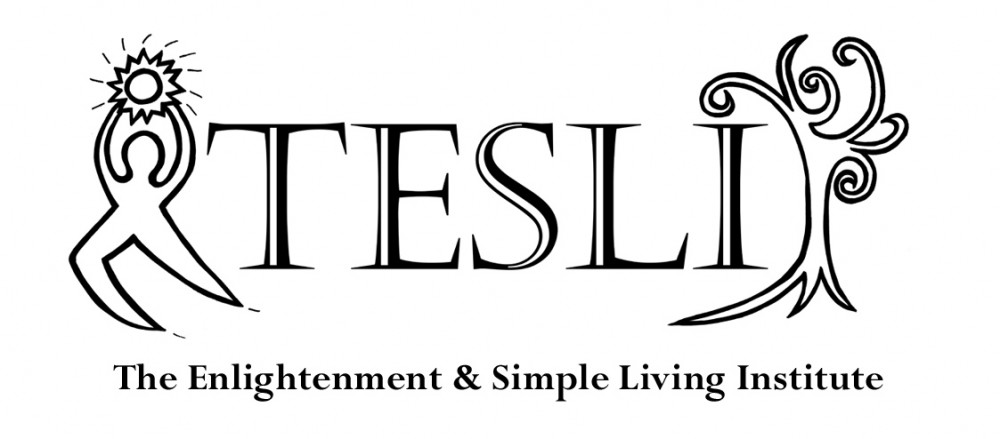The retreat took some interesting turns. First, just before the retreat began, I had a guest at my weekly Access Bars® trade offer to facilitate some breath work. The first session was so amazing and fun I asked him to stay and join me in the dark and do some joint breath work. We quickly transformed the house into a dark cave and the beginning of the retreat was focused on pranayama. This was unexpected, but seemed like the right thing to do.
I ended up forty hours in the dark, with the last twenty-four hours alone in silence. As is typical of any of my personal retreats, my experience ranged from sadness and despair to elation and inspiration. I started the retreat not wanting to be on retreat and in the dark. However, when I asked myself if I wanted to break retreat I found there was really no place else I wanted to be and nothing else I’d rather be doing. I was simply experiencing sadness and dissatisfaction arising. Nothing to do about that.
Later I would have moments of inspiration where I would think about ways to extend the retreat. I was simply experiencing calm and confidence arising. Nothing to do about that either.
This preliminary retreat was undertaken to see if it might help deepen my ability to stay in instant presence and inform a decision for a longer retreat. The darkness did not change my ability to stay in instant presence significantly during the time I was in retreat. However, this is not to say that a longer retreat might not give a different result or that some unnoticeable benefit occurred. I did like the dark overall and would consider a longer retreat.
My friend that had done a three day dark retreat said that the first day or so is marked by increased sleep. I expected this, yet found that my sleepiness was not increased beyond what I normally experience when meditating all day. Indeed, after twenty-four hours, I was “tired” of practice and wanted to go to bed early, yet sleep would not come to me. I did have a subtle sense that melatonin was increasing in my body, not by feeling sleepy, but by my body having an increased sense of heaviness. I seemed to have a slight sense of headache, which may or may not have been related to changes due to the darkness.
Some of the logistical things I learned:
1) During the retreat, my front window cracked, which I attribute to the heat generated by the inserts I used to darken the window. Apparently the black plastic over a foam insert was too much. The inner pane of the dual pane windows has a large crack in it now.
2) Running the swamp cooler after dark was feasible since at night the attic vents that open when it runs did not allow in noticeable light.
3) It is hard to maintain balance in the dark and even after forty hours this was not stabilized. What this means, practically, was that walking and some of my chi gung moves didn’t really work. I did find that by putting a quilt on the ground to mark my boundaries, I was able to do some “nine-palace walking” without running into things. Of course, even though I thought I was walking a pattern, my bearing and orientation were completely off.
4) I would need to devote more attention to motivating to do physical exercise during the retreat. The lack of ease of moving and difficulty doing my usual routine meant I did very little movement. This, along with my extended sitting/lying, contributed to a slight flare up in my chronic back tension.
5) After twenty-four hours the physical movement of switching positions (i.e. standing up) would stimulate the receptors in the eye and create a mosaic of light. The optic nerve could also be stimulated directly by pressure on the eye. The “light” would die out after a minute and then it would take about 10 minutes of rest before the phenomenon could be repeated. Palpating the eye in a specific manner was one of the dark retreat practices. I do not have a clear explanation of why it is done, but I did notice that the experience of “light” seemed to elevate my mood a little and make me feel more expansive.
I broke retreat by lighting a candle and slowly increasing the light from there.
I am still curious about doing a longer retreat, not because I am confident that it will facilitate instant presence, but because I am curious about the changes that occur with extended darkness. My major concern is how to do that exploration and maintain balance. During a daylight retreat I maintain balance with a couple hours of internal arts practice and a couple hours of reading of basic spiritual texts. I have found that I don’t have the personal capacity for eleven hours (or even eight) hours of straight meditation for extended periods (I become depressed). However, I can retreat successfully if these additional practices are included.
I think that if I were to repeat the dark retreat I would want a partner for the initial few days (or perhaps longer) with defined periods of silent practice and partner practice. Although I have a little voice that says that this would be “breaking the rules” and in someways makes the whole retreat “invalid”, I remind myself we are encouraged to practice at our capacity and not beyond that. Besides, what have I made so essential about being alone and being in silence?



